By Amanda Rose Newton
Molds are a common issue for ornamental plants, and understanding where they come from, how to recognize them, how to manage them, and their effects on plants and foliage is essential for maintaining a healthy garden.
What is Mold?
Mold is a type of fungus that forms multicellular filaments called hyphae. These fungi thrive in moist environments and reproduce by producing spores, which can be spread by wind, water, or insects. While molds are often associated with decay and decomposition, they can also infect living plants, causing various issues. Let’s delve into four common types of mold affecting ornamental plants: sooty mold, powdery mildew, downy mildew, and gray mold.
1. Sooty Mold
Origins:
Sooty mold is a black, sticky fungus that grows on the surfaces of leaves, stems, and branches of plants.
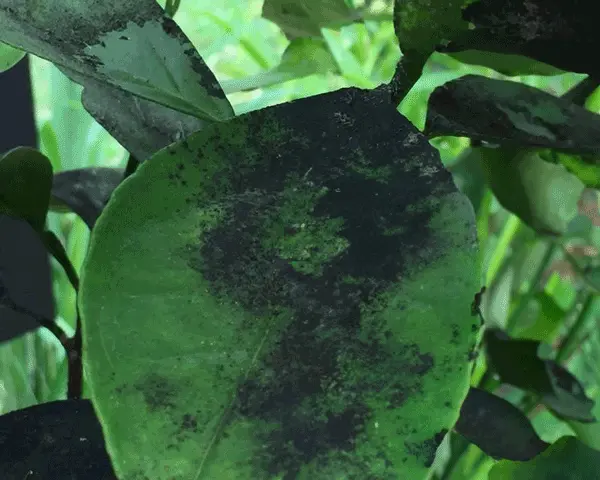
It does not directly infect plant tissues. Instead, it thrives on the honeydew excreted by sap-sucking insects like aphids, whiteflies, and scale insects. The presence of these pests usually indicates the likelihood of sooty mold development.
Recognition:
Sooty mold appears as a black, sooty coating on the plant surfaces. It can be easily wiped off, revealing the green tissue underneath. The mold may cover leaves, branches, and sometimes fruits, creating an unsightly appearance.
Management:
Control the Insects: The first step in managing sooty mold is to control the insect population. Use insecticidal soaps, horticultural oils, or appropriate insecticides to reduce the number of sap-sucking insects.

Clean the Plant: Wash the affected plants with a mixture of water and soap to remove the mold. This may need to be done repeatedly.
Improve Air Circulation: Prune the plants to improve air circulation and reduce humidity, making conditions less favorable for mold growth.
Monitor Regularly: Regularly inspect plants for signs of pests and mold to catch any issues early.
Effects on Plants:
Sooty mold itself does not infect or damage the plant tissues. However, it can block sunlight from reaching the leaves, reducing photosynthesis and causing the plant to weaken. This can lead to reduced growth and vigor over time if not managed.
2. Powdery Mildew
Origins:
Powdery mildew is caused by various species of fungi. It appears as a white or gray powdery coating on the leaves, stems, and flowers of plants.
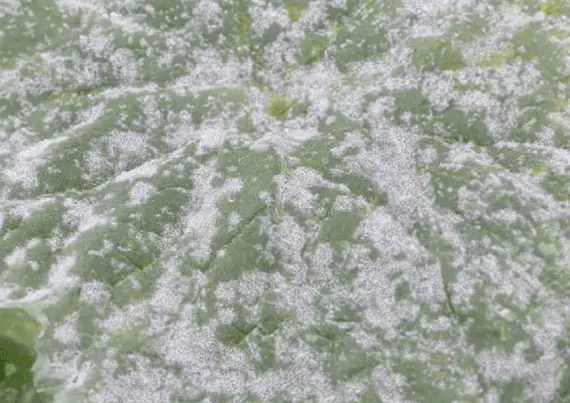
Unlike sooty mold, powdery mildew directly infects plant tissues and spreads through spores carried by the wind.
Recognition:
Powdery mildew is easily recognized by the white or gray powdery spots that cover the surface of leaves, stems, and flowers. Infected leaves may become distorted and can eventually turn yellow and drop off.
Management:
Cultural Practices: Ensure plants are spaced adequately to promote good air circulation. Water plants at the base to avoid wetting the foliage, which can encourage fungal growth.
Resistant Varieties: Choose plant varieties that are resistant to powdery mildew.
Fungicides: Apply fungicides labeled for powdery mildew control. These can include sulfur-based products or systemic fungicides, depending on the severity of the infection.
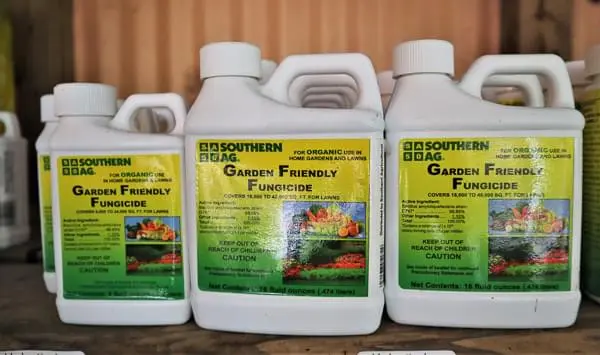
Prune Affected Parts: Remove and destroy infected plant parts to reduce the spread of the fungus.
Effects on Plants:
Powdery mildew can weaken plants by reducing photosynthesis, causing leaves to yellow and drop prematurely. Severe infections can stunt plant growth and reduce flowering and fruiting. While rarely fatal, it can significantly impact the ornamental value of plants.
3. Downy Mildew
Origins:
Downy mildew is caused by water molds (oomycetes) and appears as yellow or white patches on the upper surfaces of leaves, with a corresponding downy growth on the undersides.
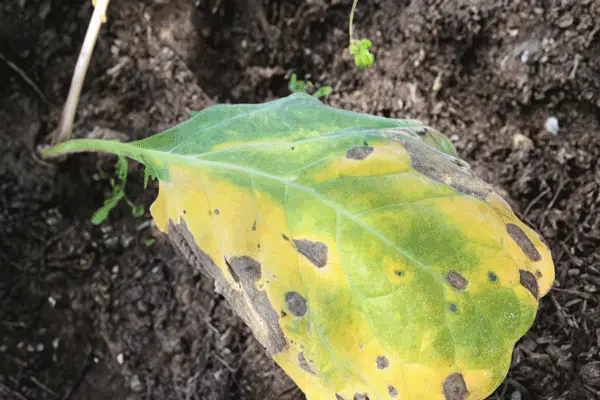
It thrives in cool, moist conditions and spreads through spores carried by wind and water.
Recognition:
Downy mildew is recognized by its characteristic yellow or white patches on the upper leaf surfaces, often accompanied by a downy or fuzzy growth on the undersides. Infected leaves may become discolored and eventually die.
Management:
Improve Air Circulation: Space plants appropriately and avoid overhead watering to reduce humidity.
Fungicides: Apply fungicides labeled for downy mildew control, particularly during wet weather conditions.
Remove Affected Parts: Prune and destroy infected leaves and stems to prevent the spread of the disease.
Effects on Plants:
Downy mildew can cause significant damage by killing leaf tissue, leading to defoliation and weakening the plant. Severe infections can reduce the plant’s ability to photosynthesize and stunt its growth.
4. Gray Mold (Botrytis)
Origins:
Gray mold, caused by Botrytis cinerea, appears as fuzzy gray or brown spores on flowers, leaves, and stems.
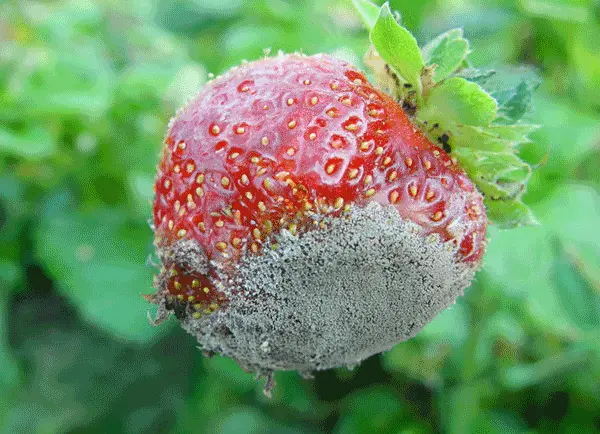
It thrives in humid, cool environments and spreads through wind, water, and contact with infected plant material.
Recognition:
Gray mold is identified by the fuzzy gray or brown growth that appears on infected plant parts. It typically starts on damaged or senescent tissue but can quickly spread to healthy tissue under favorable conditions.
Management:
Reduce Humidity: Improve air circulation around plants and avoid overhead watering.
Remove Affected Parts: Prune and destroy infected plant material to reduce the spread of spores.
Fungicides: Apply fungicides labeled for Botrytis control, especially during cool and damp weather conditions.
Effects on Plants:
Gray mold can cause extensive damage by rotting flowers, leaves, and stems, leading to plant decline. It can be particularly devastating in high-density plantings where humidity is high.
Molds like sooty mold, powdery mildew, downy mildew, and gray mold can significantly impact the health and appearance of ornamental plants. By understanding their origins, recognizing the signs, and implementing proper management practices, you can keep your garden looking vibrant and healthy. Regular monitoring and early intervention are key to preventing these molds from becoming a serious problem.


